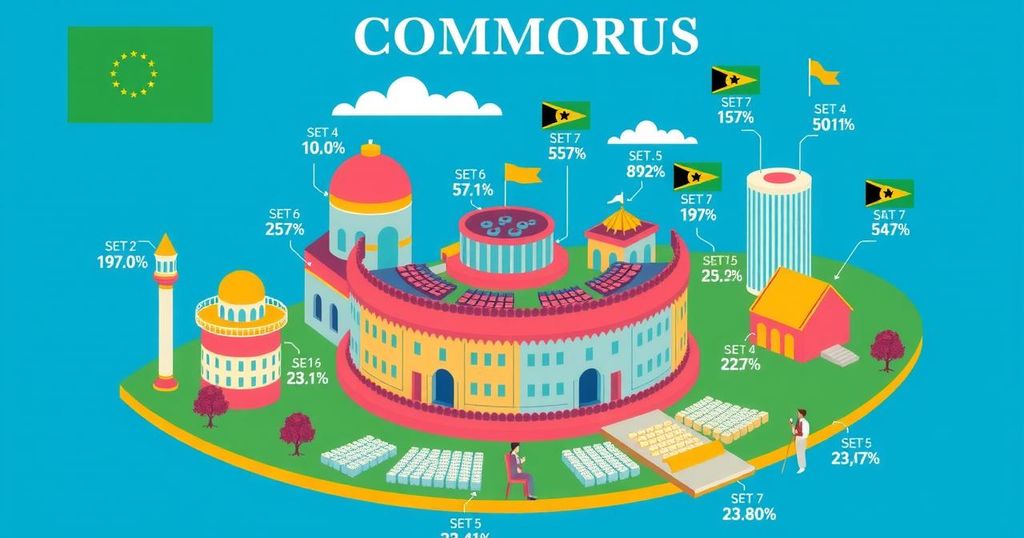Guyana plans to approach the United Nations’ top court regarding Venezuela’s intention to elect a governor for the disputed Essequibo region, asserting it violates sovereignty and previous agreements. The dispute originates from colonial-era claims, which Venezuela continues to uphold despite international arbitration recognizing the current borders. This situation escalated after significant oil discoveries in the region, heightening tensions between the two countries.
Guyana has announced its intention to seek intervention from the United Nations’ highest court, the International Court of Justice, in response to Venezuela’s plans to elect a governor for the resource-rich Essequibo region, which Venezuela claims as its own. This announcement follows a violation of a prior agreement established in December 2022 aimed at preventing conflict over this contested territory.
The Ministry of Foreign Affairs of Guyana emphasized that the residents of the Essequibo region are citizens of Guyana and that Venezuela’s intentions would violate fundamental international laws as outlined in the U.N. Charter. The Ministry articulated that allowing Venezuela to conduct elections involving their nationals in this territory would be an egregious breach of sovereignty.
Guyana intends to request provisional measures from the International Court of Justice in The Netherlands to prevent Venezuela from proceeding with its electoral plans. The Ministry expressed concerns that this move by Venezuela not only threatens ongoing judicial proceedings but also challenges the authority of the court as the primary judicial body of the U.N.
Historically, Venezuela has claimed ownership of Essequibo based on colonial borders from the Spanish period. It has consistently rejected the legitimacy of a border determined by international arbitration in 1899 when Guyana was still under British rule. In 2018, Guyana brought the matter to the world court, asserting that the arbitration is still valid and binding.
The urgency of this territorial dispute has intensified since the discovery of significant oil and gas reserves off Guyana’s coast in 2015. Currently, oil production reaches 650,000 barrels daily, sparking renewed interest from Venezuela in the Essequibo region. Recently, tensions flared again when Guyana protested against the construction of a bridge by Venezuelan military forces on Guyana’s side of the Ankoko Island border, a move seen as interference with its sovereignty.
Despite a period of reduced tensions in the previous year, highlighted when the U.S. military provided support to Guyana, the situation remains fragile and complex. The next steps in the legal proceedings will hinge on Venezuela’s response, which is due by late August.
The current territorial dispute between Guyana and Venezuela centers around the Essequibo region, which is rich in resources and constitutes a significant portion of Guyana’s national territory. Venezuela’s longstanding claim to this area is rooted in historical boundaries from colonial times. The international community has been involved in attempts to resolve these disputes, which intensified after the discovery of extensive oil reserves in the region, attracting international attention and investment. The bilateral relations between these two nations have fluctuated, influenced by political actions, military movements, and legal proceedings.
In summary, Guyana’s decision to seek intervention from the International Court of Justice reflects its commitment to protecting its territorial integrity against Venezuela’s perceived encroachment. The escalating tensions over the Essequibo region and the significance of its natural resources underscore the critical nature of this longstanding dispute. As both nations navigate this complex issue, the global community will be watching closely, particularly with respect to the upcoming legal proceedings.
Original Source: abcnews.go.com




